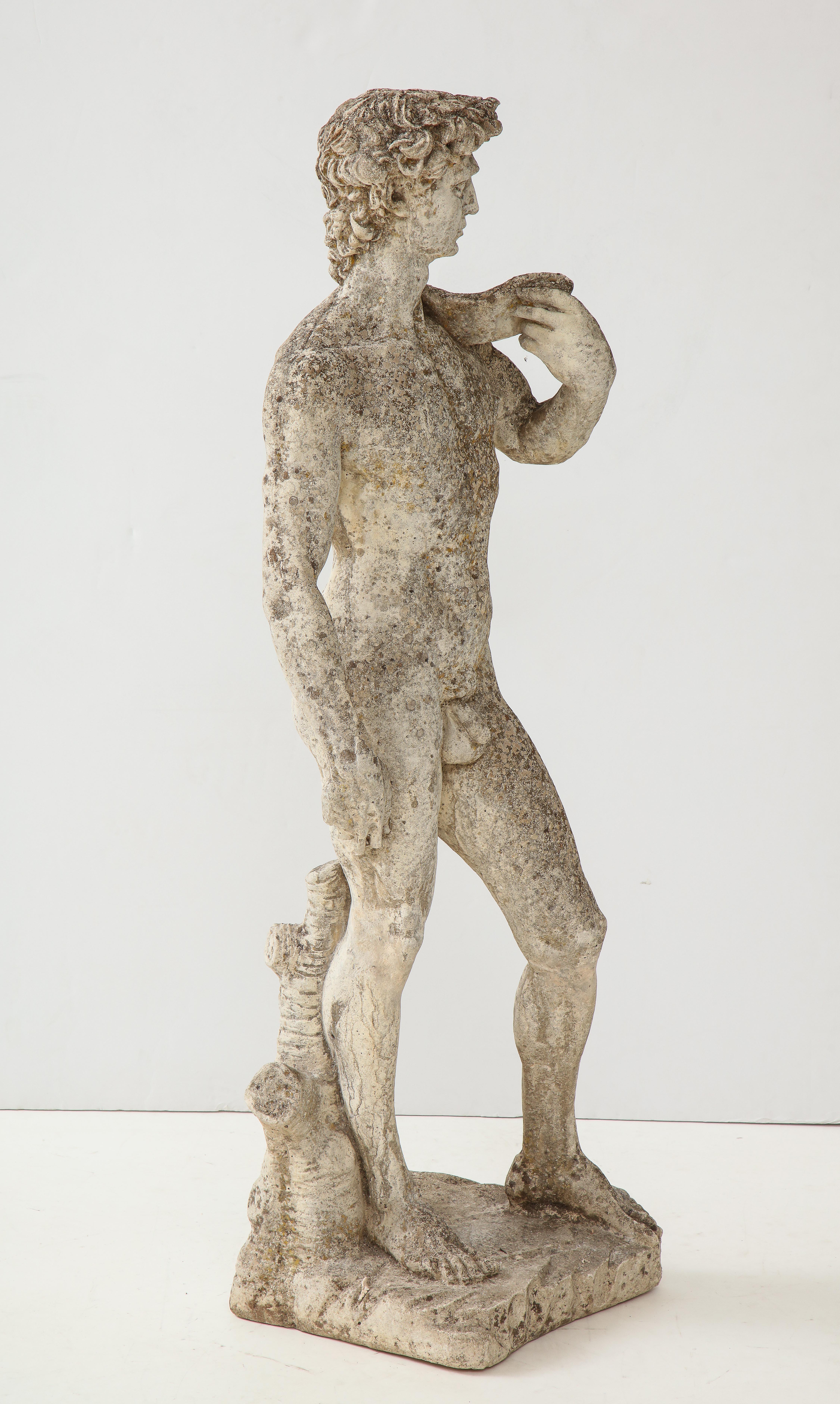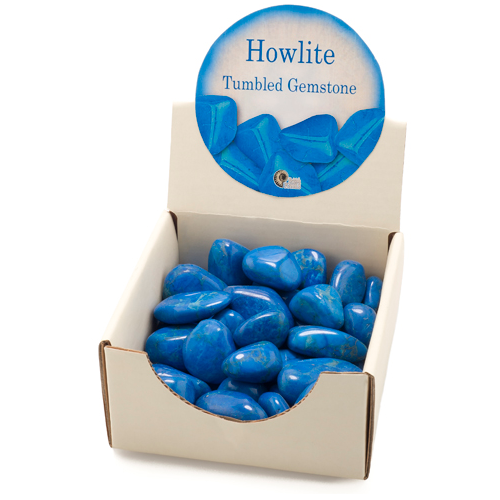

Comparison with the windows in Cerne Abbas, where we know the stone is Cypris Freestone from Poxwell quarry, make this identification probably correct. In the tower, the high slit window is of Heathstone, but the lower main window is dated 15th century and appears to have weathering characteristics like those of the Purbeck Cypris Freestones, but of a somewhat darker colour.


These are all of Upper Greensand, with a very few higher blocks in each window surround that could be the Wardour sandy limestone. The earliest are in the south wall of the nave, all 14th century. The windows and doorways, as seen from outside, are of various dates. At the same time buttresses were added to the north and south nave walls using Ham Hill Stone with flint. This is typically 19th century masons’ work. As this could have been under the ownership of the Bankes estate, stone from the Isle of Purbeck would be readily available.įinally, after 1850, the chancel was rebuilt using the same mixture of Flint, Heathstone, Purbeck limestone and Upper Greensand, but arranged as a mainly flint wall with the other stones as occasional ‘jumpers’. The two brick buttresses on the north wall of the north chapel are also marked as 18th century. The southern supporting pillar is similarly grey, but looks more like the Purbeck Burr. The supporting pillar on the north seems similar stone – a grey oolite - to the 12th century north nave arch next to it, but the upper arch is Ham Hill Stone, and must be 19th century. The only 18th century work marked on the Royal Commission for Historical Monuments website (RCHME, found under British History Online) floor plan is the base of the chancel arch. Hence the name Bishop’s Court for the manor house. Shapwick Manor, its church and village came to the family by marriage in the 1370’s, and remained their property until being sold in the 1640’s to Colonel William Wake, whose son became Archbishop of Canterbury. Their Norman and Tudor connections, followed by strong royalist persuasion, brought no great riches and the church employed many of their Oxbridge graduates across the country. The Husseys, spelt variously, have been numerous in Dorset since the time of the Domesday Book, and also lived in colonial America. The Hussey tomb in the north chapel has been built of Corallian limestone, from the Hussey land in Marnhull. In the same century a north porch was formed by the addition of a western wall to enclose the existing 12 th century north door – a Purbeck Marble cross being included in the wall. The east wall is banded using flint, Heathstone, Upper Greensand, a cream oolite believed to be the Corallian from Marnhull, shelly Purbeck limestone and the Wardour sandy limestone. In the 16th century the east wall of the north chapel was replaced, with the addition of a north-east corner buttress of Wardour Lower Building Stone – a sandy limestone.


 0 kommentar(er)
0 kommentar(er)
